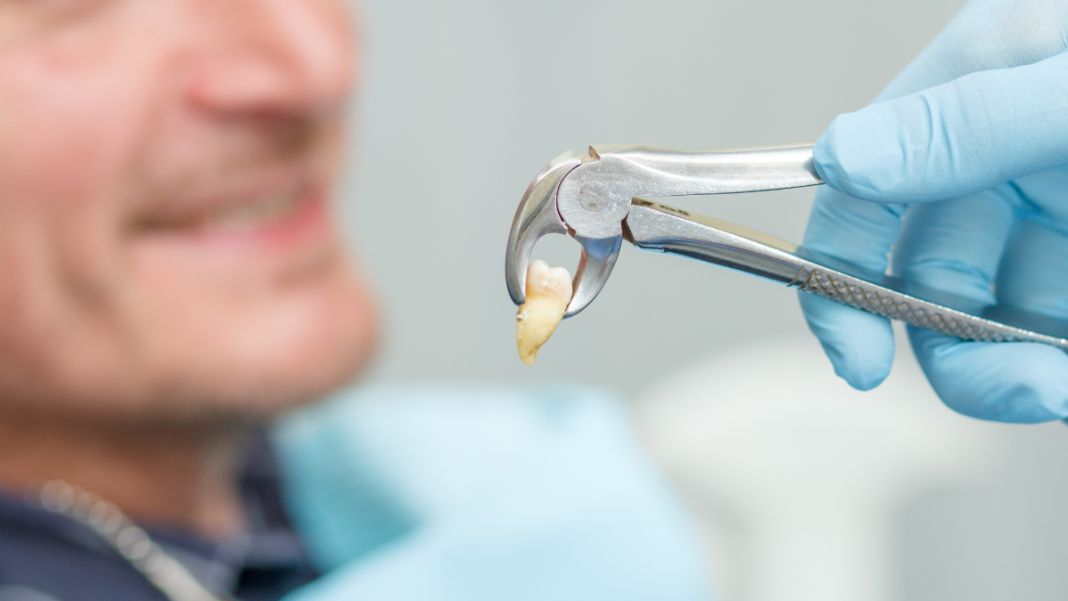Introduction:
Cats are beloved members of many households, and ensuring their well-being involves proper healthcare, including dental care. Dental issues in cats, if left unattended, can lead to discomfort, pain, and a decline in overall health. In some cases cat tooth extraction cost becomes necessary to address severe dental problems. In this article, we explore the factors influencing the cost of cat tooth extraction, the importance of feline dental health, and considerations for cat owners facing this decision.
The Importance of Feline Dental Health:
Dental health is a crucial component of a cat’s overall well-being. Like humans, cats can experience dental problems such as periodontal disease, tooth decay, and oral infections. Neglecting these issues can lead to pain, difficulty eating, and systemic health problems. Regular dental care, including professional cleanings and prompt intervention when problems arise, is essential for maintaining a cat’s quality of life.
Common Reasons for Cat Tooth Extraction:
- Periodontal Disease:
- Accumulation of plaque and tartar can lead to gingivitis and, if left untreated, progress to periodontal disease, requiring tooth extraction.
- Tooth Decay:
- Cats can experience cavities and decay, especially if they have a diet high in carbohydrates or suffer from certain health conditions.
- Trauma or Injury:
- Accidents or trauma can result in fractured or damaged teeth, necessitating extraction to alleviate pain and prevent infection.
- Tooth Resorption:
- This painful condition involves the body breaking down and absorbing tooth structure, often requiring extraction.
Factors Influencing Cat Tooth Extraction Cost:
- Veterinary Clinic and Location:
- The cost of cat tooth extraction can vary based on the veterinary clinic’s location and reputation. Urban areas and well-established clinics may have higher costs compared to rural or smaller clinics.
- Preoperative Assessment and Tests:
- Before extraction, a veterinarian may conduct tests and assessments, such as X-rays, blood work, and dental examinations, which can contribute to the overall cost.
- Number of Extractions:
- The number of teeth requiring extraction significantly influences the cost. Single-tooth extractions are generally less expensive than multiple extractions.
- Anesthesia and Monitoring:
- The use of anesthesia and monitoring equipment during the procedure ensures the cat’s safety but adds to the overall cost.
- Postoperative Care and Medications:
- After extraction, cats may require pain management, antibiotics, and follow-up appointments, contributing to the total cost.
Considerations for Cat Owners:
- Early Intervention:
- Regular dental check-ups and addressing dental issues promptly can prevent the need for extensive extractions. Early intervention is crucial for maintaining oral health.
- Discussing Costs with the Veterinarian:
- Cat owners should openly discuss the estimated costs, including preoperative assessments, the procedure itself, and postoperative care, with their veterinarian to make informed decisions.
- Pet Insurance:
- Pet insurance plans may cover some or all of the costs associated with cat tooth extraction. Cat owners should review their insurance policies to understand coverage details.
Conclusion:
Cat tooth extraction is a medical procedure that aims to alleviate pain and improve a cat’s overall health. While costs can vary, cat owners must prioritize their feline companion’s dental health through regular check-ups, preventive care, and timely intervention when dental issues arise. Open communication with the veterinarian, understanding the factors influencing costs, and investing in preventive measures can contribute to the well-being of our beloved feline friends.










